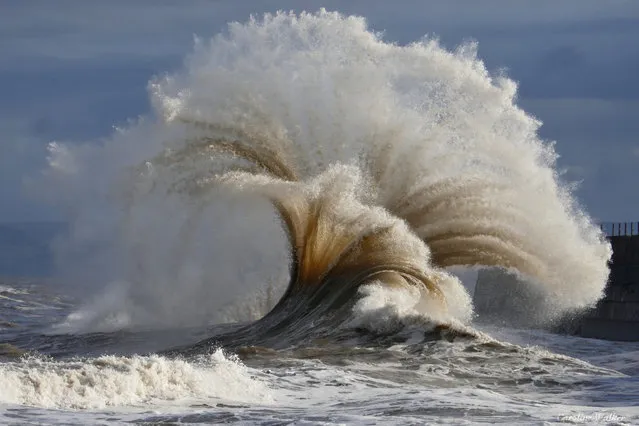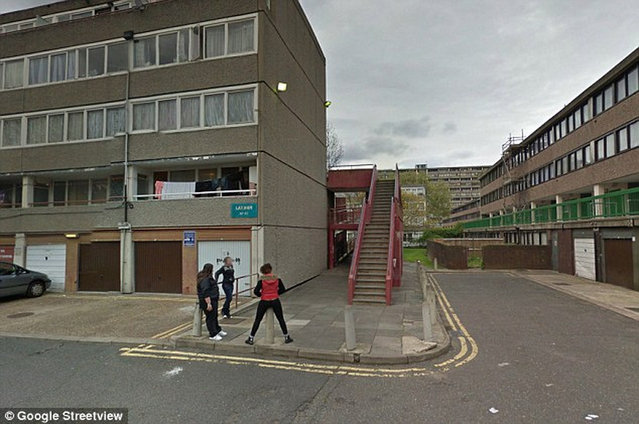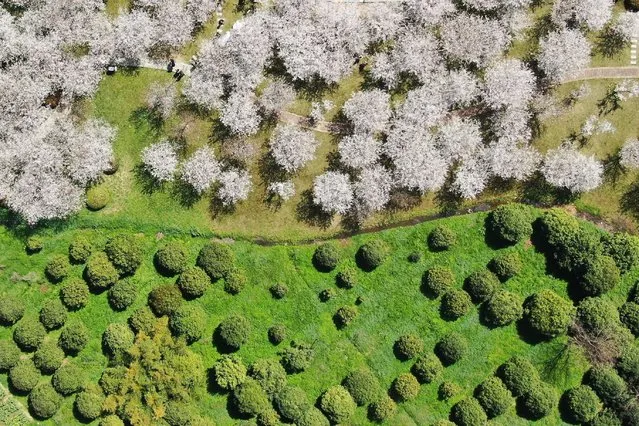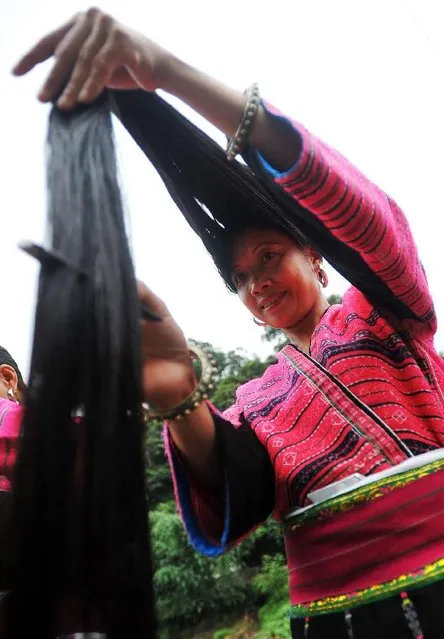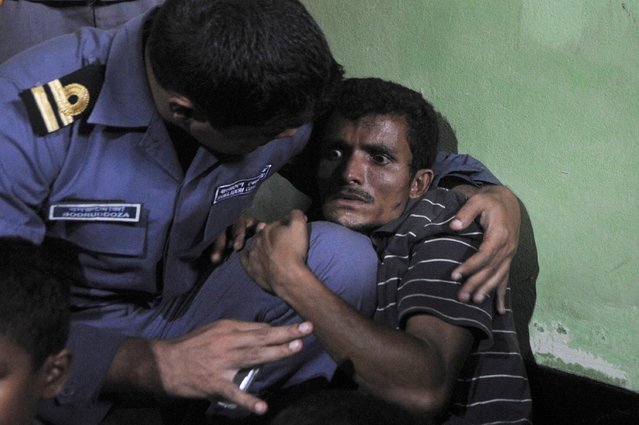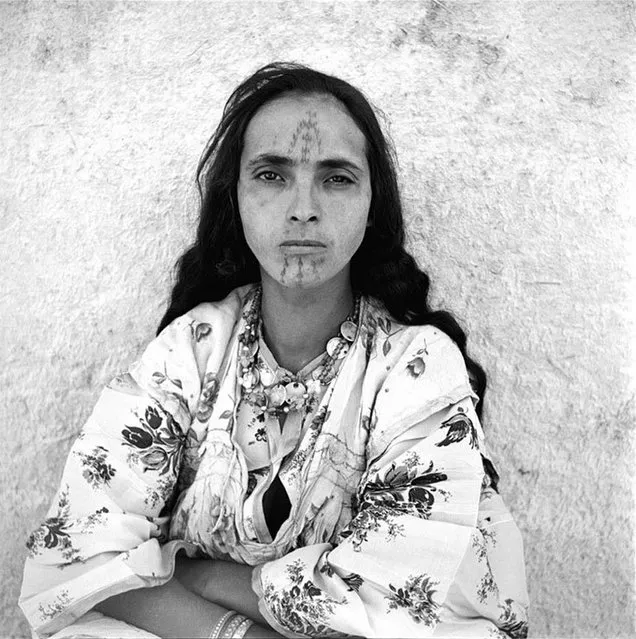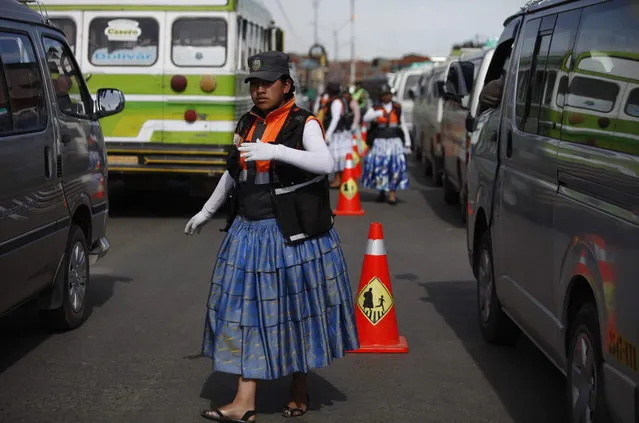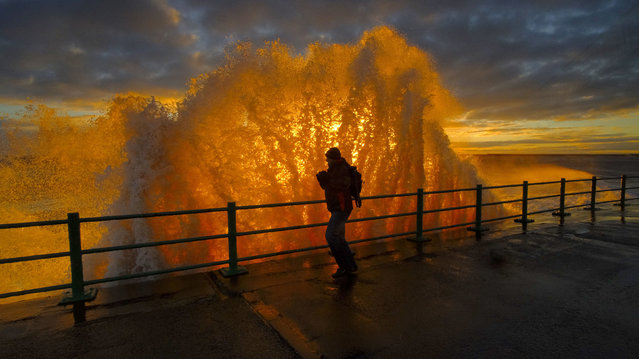
National maritime charity, the Shipwrecked Mariners’ Society, has revealed results of its seventh annual photography competition, showcasing images relating to all aspects of the UK’s historic relationship with the sea. Here: “Sunrise Through The Wave”, by John Alderson, which has won the People category. (Photo by John Alderson/PA Wire Press Association)
19 Sep 2019 00:05:00,post received
0 comments

